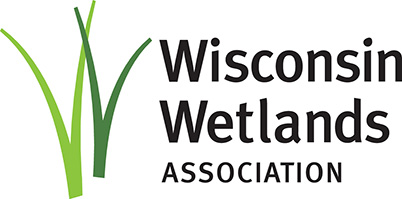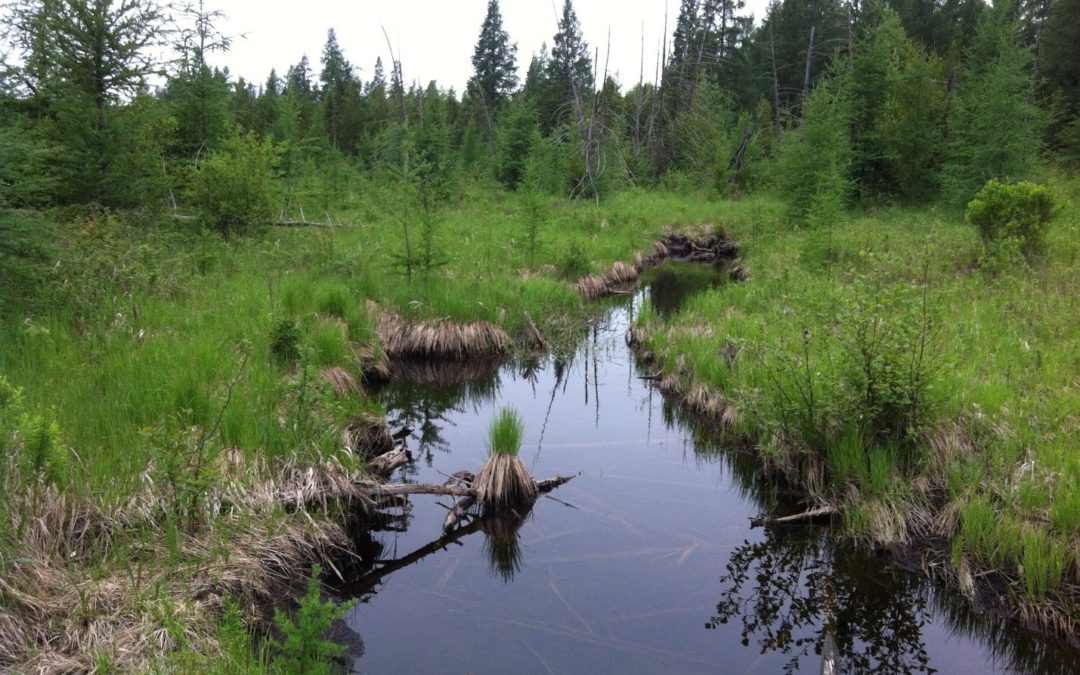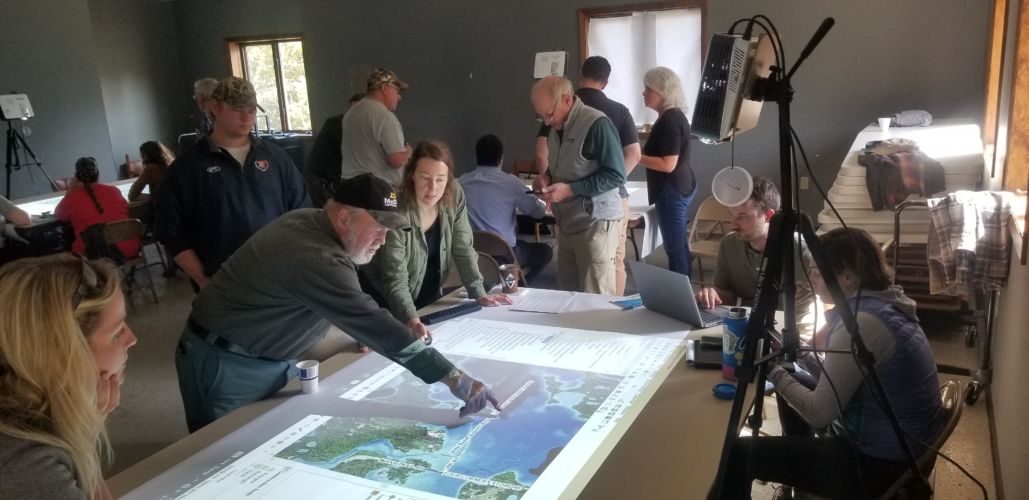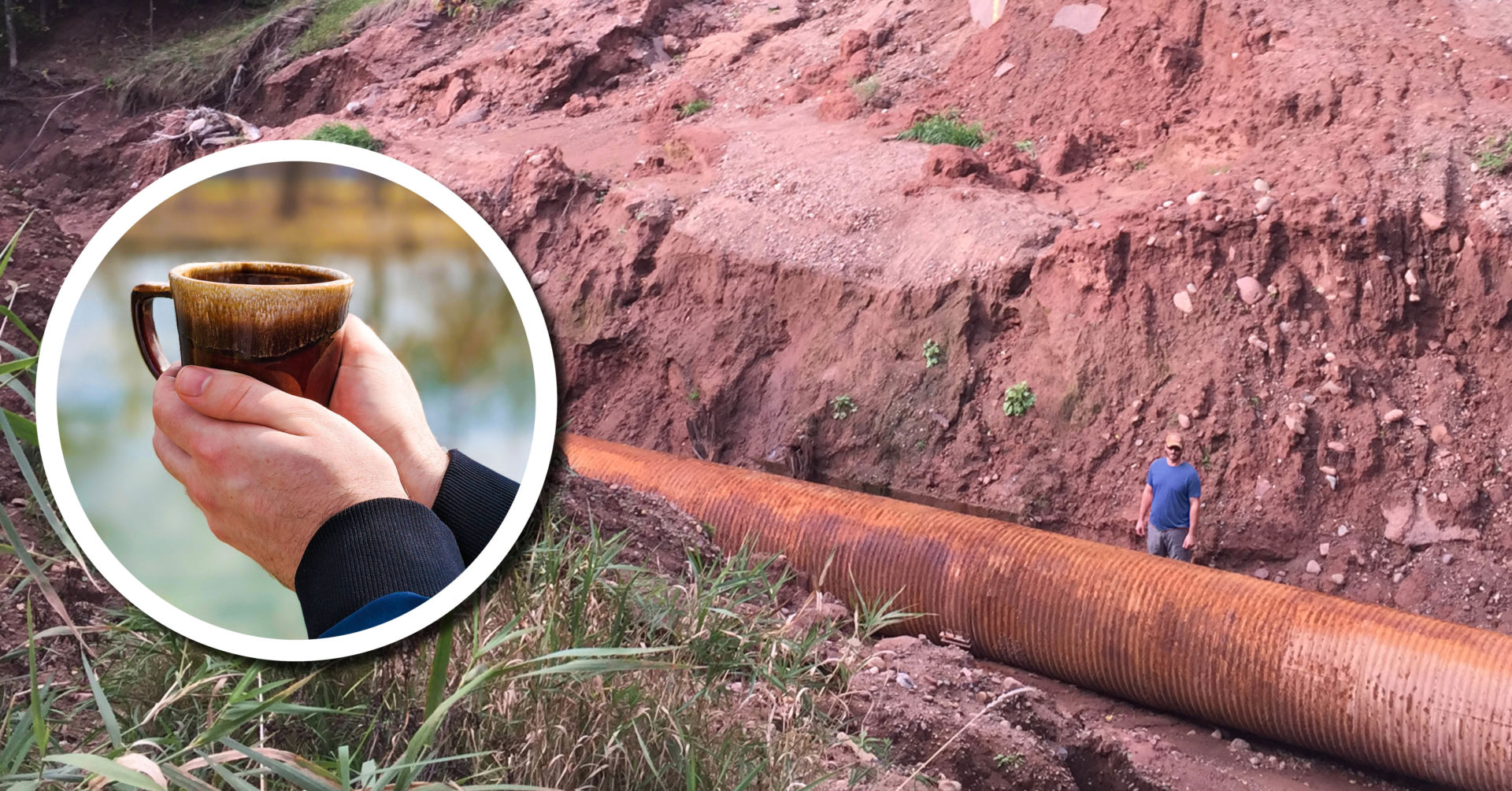Why are upper watershed wetlands so important?
All wetlands help capture and control the movement of water across the landscape. Water moves across the landscape in watersheds: geographic areas where all the water flows to a single outlet, like a lake, stream, river, or wetland. Because water flows downhill, what happens at the top of a watershed has a strong effect on conditions downstream. This means that wetlands in the upper portion of a watershed are particularly important for managing the timing, volume, and direction of surface and groundwater flow within the rest of the watershed.
How do upper watershed wetlands reduce flood damage?
The three most common types of upper watershed wetlands that affect surface and groundwater flow are springs and seeps, ephemeral ponds, and riparian wetlands. They form under different conditions, but all are important in managing how water moves through a watershed.
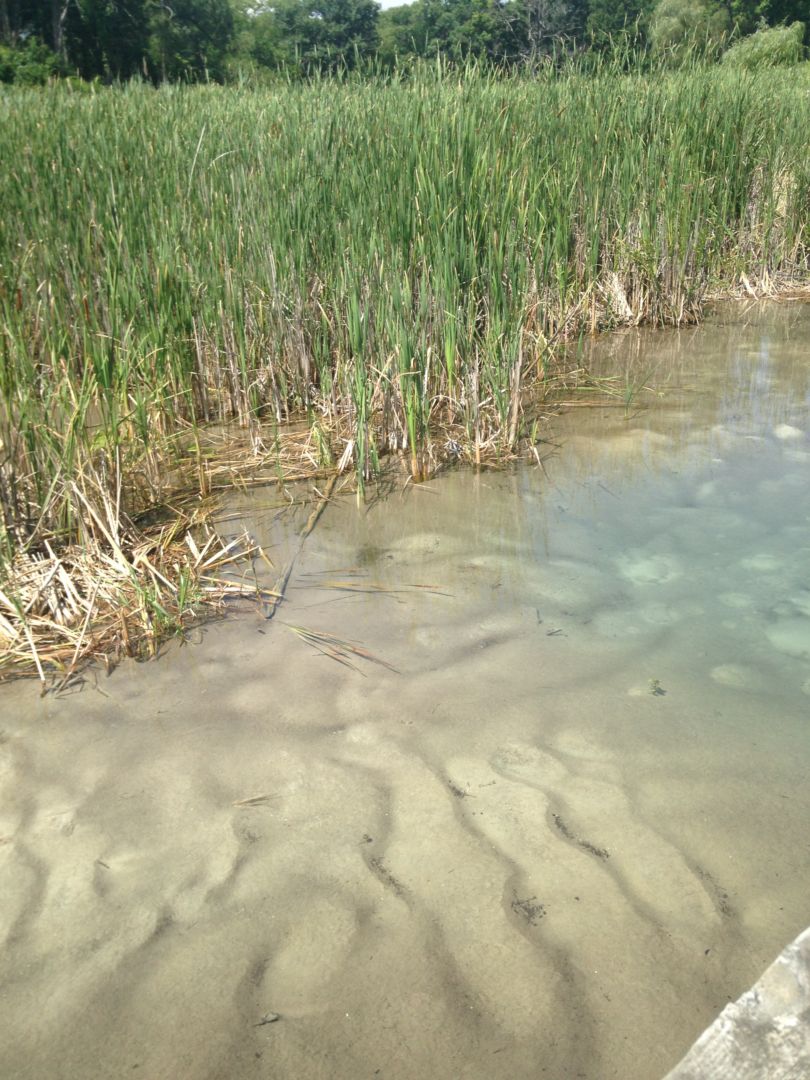

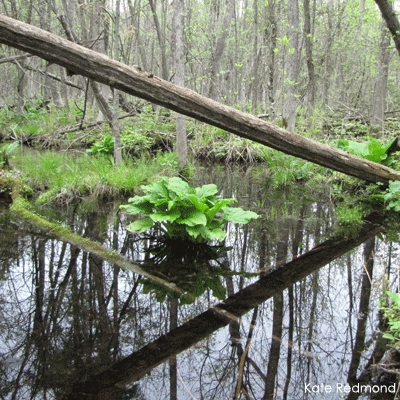
Upper watershed wetlands have been hit especially hard by historic and current changes to the land. Many of these wetlands have been filled or are degraded by water diversion and drainage. Because these wetlands are at the top of their watersheds, the effects of their loss are compounded as they move down the watershed. Examples of storm-related impacts in watersheds with high wetland loss include:
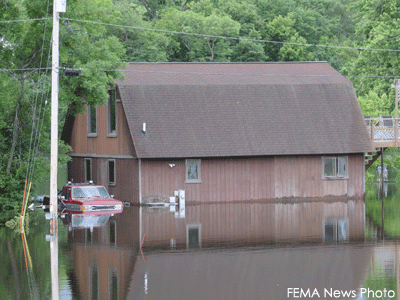
Wetlands in upper watershed areas capture and slowly release snowmelt and spring rainfall. When these wetlands are removed, more water moves more quickly downstream, causing flood waters to rise higher and flow faster.

The larger, flashier floods that occur following wetland loss mean an increase in the energy of the water. High energy water means more erosion and alteration of stream channel form. Sediment and pollutants are carried downstream, clogging streambeds and wetlands in the lower, flatter portions of the watershed.

As erosion continues over time, the high energy water cuts stream beds lower and lower. This is called incision. These incised conditions disconnect the stream from its floodplain, cause the stream to act like an agricultural drainage ditch, and lower groundwater levels. Incised channels also concentrate water flow during flood events, further increasing erosive energy and high water conditions downstream.
Restoring wetlands in the upper portion of watersheds can help protect Wisconsin’s communities by reducing the volume and velocity of water rushing downstream during snowmelt and storms. Because every watershed is unique, communities must take the time to evaluate the extent and locations of upper watershed wetland loss and establish plans to restore wetlands where they are most needed.
Help us make the case that wetlands can help reduce flooding!
The typical community response to floods is to immediately rebuild. It’s rare for emergency managers to look upstream and consider how land use changes, including wetland loss, are contributing to flood risks and damages. This status quo approach will continue unless advocates like you demand something different. If flooding is a problem where you live or work, ask local leaders to evaluate how changes to the upper watershed wetland landscape have contributed to today’s floods, and advocate for planning to identify areas where wetlands can be restored to reduce floods.
Related Content
Reducing flood risk through floodplain and wetland restoration
Wetland Coffee Break: Piloting natural flood management in the Lake Superior basin
Wetland Coffee Break: Using wetlands as solutions to reduce flood damage risks
